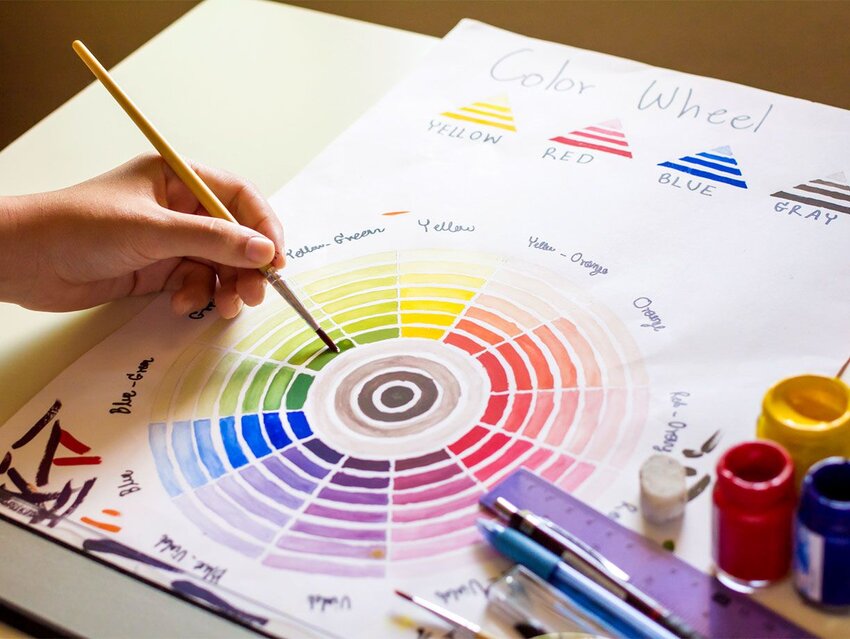ROYGBIV — red, orange, yellow, green, blue, indigo, and violet (otherwise known as the colors of the rainbow) — might be obvious choices for favorite colors, but color names have gotten more creative over the years. From fashion to psychology, there are great stories behind these unusual color names.
Drake’s-Neck Green
The male mallard duck is called a drake, recognizable by the rich, deep shade of green of its neck. This color was first replicated as a dye in the early 18th century.
Drunk-Tank Pink
This very particular shade of pink was cultivated by directors at the Naval Correctional Facility when they noticed its potential for soothing and reducing hostile, violent, and aggressive behavior. While the official name is “Baker-Miller Pink,” named after its developers, the more colloquial name of “drunk-tank pink” has remained in the lexicon.
Flame-of-Burnt-Brandy
Described in 1821 in a lady’s magazine as a mixture of lavender gray, pale yellow, and dark lilac, “flame-of-burnt-brandy” is a shade of red that emerged in the 19th-century fabric-dyeing industry. With the ability to concoct almost as many colors as they could name, dressmakers and designers grew more creative, resulting in hues such as “dragon’s blood” (a deep purplish-red) and “elephant’s breath” (steel gray).
Gamboge
“Gamboge” can refer to shades of rich, brownish yellow ranging from deep saffron to mustard yellow. It likely references the robes of Buddhist monks, as the natural dye is sourced from the gum resin of trees in southeast Asia.
Gingerline
Gingerline isn’t even the same color as its namesake ginger. It’s more of a reddish-violet or reddish-brown color, though certain versions possess elements of rich oranges and yellows. It comes from the color of ripe kumquats.
Razzmatazz
Crayola invented this cheerful pink hue that mixes the colors of raspberries and roses. It was first introduced in the 1993 Big Box containing 96 crayons, named by five-year-old Laura Bartolomei-Hill in Crayola’s Name the New Colors contest.
Incarnadine
This flesh tone is etymologically related to the adjective “incarnate,” which means “having bodily form.” While this is where it finds its roots, Shakespeare used it to mean “blood-red” in Macbeth, possibly referring more to incarnate’s Christian connotations. Nowadays it’s considered to be more of a rich crimson color than a flesh tone.
Lusty Gallant
This color was the name of a dance made popular in Tudor England, until somehow it began to describe a coral shade of red in the late 1500s. Elizabethan writer William Harrison supposed that dressmakers at this time began giving increasingly outlandish names to the colors of their clothes in order to make them more appealing to buyers.
Featured image credit: Dekdoyjaidee/ iStock

